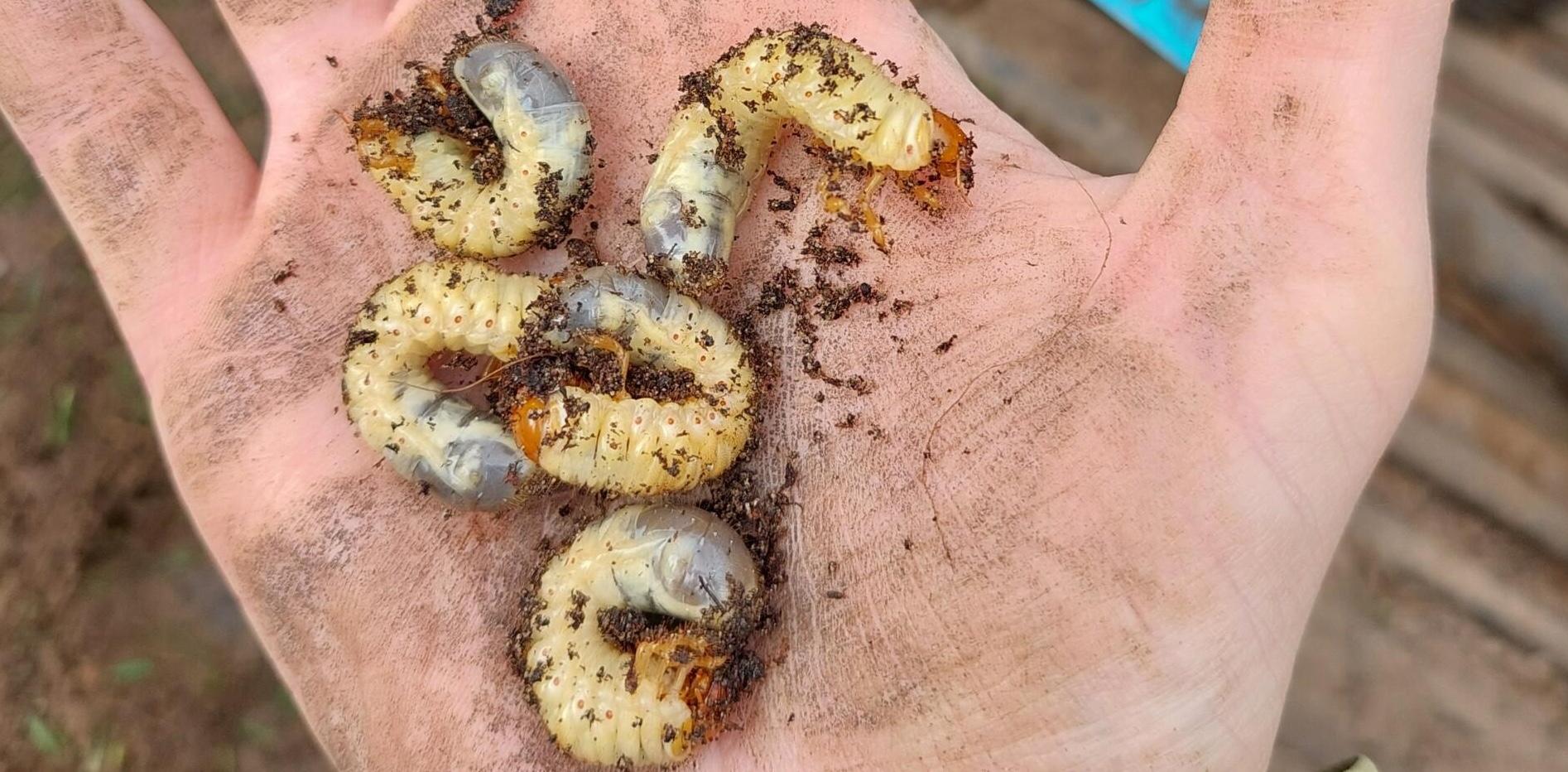We've recently launched our GDD tool - take a look....... and a sure sign of engagement is questions and I've had a few. I this blog I'm going to talk about where the weather data comes from how it's generated and why its the most reliable way to do it.
The GDD tool says its using such and such weather station data yet the data looks different
When you enter a location into the GDD tool you'll see something like this ...

This is Google's location tool that we have integrated into our website. It helps get accurate locations which from an IT perspective is more accurate than a postcode.
This isn't a weather station.
How do we generate the weather data then?
We don't - we work with companies behind the scenes to access their data. Weather data generation is a whole industry on it's own and there are many, many weather data models out there.
There is a vast amount of data that gets used to generate these models comes from many places including:
- Satellites
- Aeroplanes
- Weather ballons
- Weather Stations
Below is a MetOffice short video showing how this works.
Whilst this is about a forecast, the same models are used to record the percieved weather data.
Not sure If you've ever noticed but when we have record temperatures we wait for that to be verified by an actual weather station.
Each day, these companies receive millions of observations of temperature; pressure; wind speed and direction; humidity, and many other atmospheric variables.
However, there are large gaps in this data with inaccessible regions on land, at sea and many spots in the atmosphere where there are very few, or no, observations.
Why not just use weather station data?
Weather station data is great to show the microclimate in the exact spot the the station is in but not the most reliable and consistent way to measure the general weather information for that area.
The weather station data is far better when the data is used to feed a model which uses all of of the other data inputs mentioned above to iron out the data gaps, microclimates and poorly positioned or calibrated weather stations.
There are thousands of weather stations around the UK but surprisingly few are used to feed these models - the models rely heavily on alternate sources to generate weather data - the MetOffices ones can be seen in the below link. When you look at how they are spread you can see there are plenty of gaps that ned to be filled.
MetOffice weather stations link ...
The below link shows all the weather stations that are across the UK. when you see the amount of them and the variabilities in the data you begin to see how the positioning and calibration of them can vary.
The GDD tool is driven by modelled data rather than a weather station. Weather stations feed into this model but the data doesn't rely on any one weather station for data.
Whilst your weather station data will be slightly different to ours - we are confident that our tool gives a accurate representation of the weather at your site. Assuming your weather station is well calibrated it will give a better measurement of that exact spot but it's only representative of that spot and prone to more gaps in the data.
More on Growing Degree Days here.




